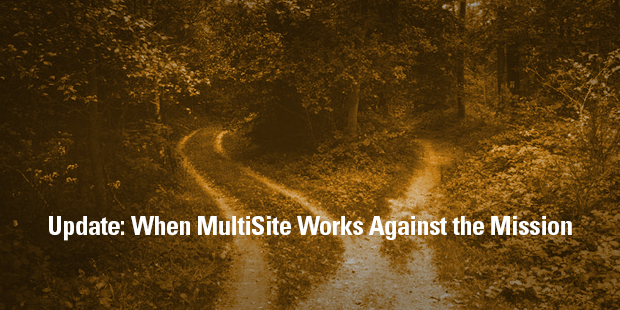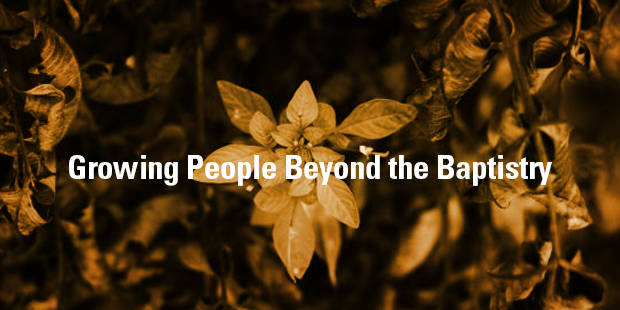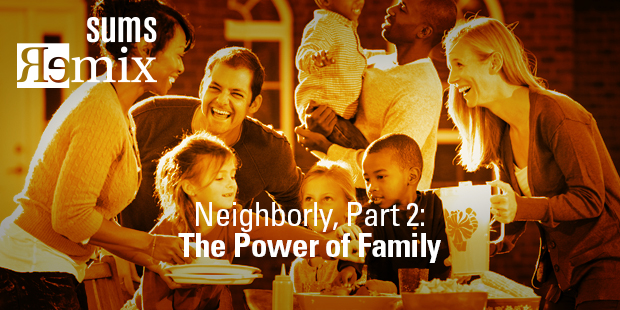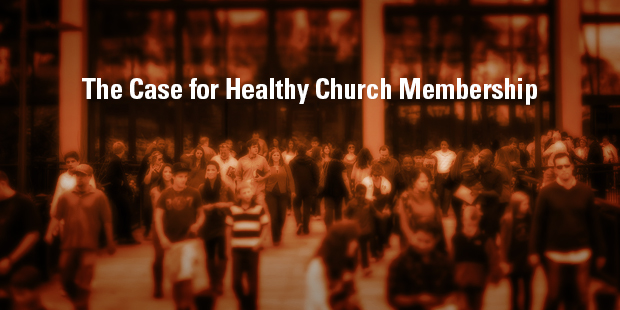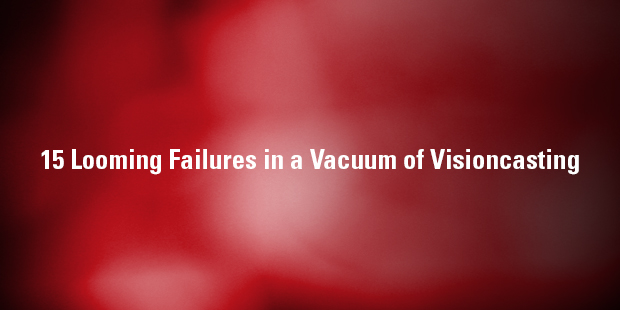
How to Communicate With a Distracted Audience, Part Two: Approach Communication as Negotiation
Do you think people care about what you have to say? The truth is that the average person doesn’t know you. It’s not that you’re not likeable or smart; it’s just a matter of survival for people in today’s world. There is simply too much out there and not enough time to take it all in.
These words by communications expert Kem Meyer succinctly point out the dilemma for communicators today: for many people, the last thing they are looking for is unsolicited information, or someone to tell them to change their ways.
And yet many, if not most, of the sermons preached by pastors attempt to do just that.
However, many people will take the time to read or listen to something that reinforces an opinion they already have or speaks to a real need in their lives. If they are not looking for it, they won’t hear it. But, if you take the time to learn what they’re looking for, you can get in on a conversation already in progress in their minds.
How then, can a leader understand their audience in such a way to make their message more receptive? How can you connect, communicate, and influence your audience toward life-long transformation?
THE QUICK SUMMARY – Never Split the Difference by Chris Voss
A former international hostage negotiator for the FBI offers a new, field-tested approach to high-stakes negotiations—whether in the boardroom or at home.
After a stint policing the rough streets of Kansas City, Missouri, Chris Voss joined the FBI, where his career as a hostage negotiator brought him face-to-face with a range of criminals, including bank robbers and terrorists. Reaching the pinnacle of his profession, he became the FBI’s lead international kidnapping negotiator. Never Split the Difference takes you inside the world of high-stakes negotiations and into Voss’s head, revealing the skills that helped him and his colleagues succeed where it mattered most: saving lives. In this practical guide, he shares the nine effective principles—counterintuitive tactics and strategies—you too can use to become more persuasive in both your professional and personal life.
Life is a series of negotiations you should be prepared for: buying a car, negotiating a salary, buying a home, renegotiating rent, deliberating with your partner. Taking emotional intelligence and intuition to the next level, Never Split the Difference gives you the competitive edge in any discussion.
A SIMPLE SOLUTION
Mention the word “negotiation” in a conversation, and the likely mental image involves police in a hostage situation, or maybe a high-powered business deal.
While those would be technically correct, at it’s very basic, negotiation is a method by which people settle differences. It is a process by which compromise or agreement is reached while avoiding argument and dispute.
In any disagreement, individuals understandably aim to achieve the best possible outcome for their position (or perhaps an organization they represent). However, the principles of fairness, seeking mutual benefit and maintaining a relationship are the keys to a successful outcome.
As a leader who is communicating a message, you are negotiating. Your listeners may be neutral toward your topic, or even against it. Even if they are “for” it, you would like to bring them on board even more.
It’s important for leaders to understand how urgent, essential, and even beautiful negotiations can be. When we embrace negotiating’s transformative possibilities, we learn how to get what we want and how to move others to a better place.
Negotiation serves two distinct, vital life functions – information gathering and behavior influencing – and includes almost any interaction where each party wants something from the other side.
Negotiation is nothing more than communication with results. Getting what you want out of life is all about getting what you want from – and with – other people. Conflict between two parties is inevitable in all relationships. So it’s useful – crucial, even – to know how to engage in that conflict to get what you want without inflicting damage.
Great negotiators are able to question the assumptions that the rest of the involved players accept on faith or in arrogance, and thus remain more emotionally open to all possibilities, and more intellectually agile to a fluid situation.
Learning the art of negotiation will help you get over the fear of conflict and encourage you to navigate it with empathy. If you are going to be great at anything – a great negotiator, a great manager, a great husband, a great wife – you’re going to have to do that.
You’re going to have to embrace regular, thoughtful conflict as the basis of effective negotiation – and of life. Your adversary is the situation and that the person you appear to be in conflict with is actually your partner.
More than a little research has shown that genuine, honest conflict between people over their goals actually helps energize the problem-solving process in a collaborative way. Skilled negotiators have a talent for using conflict to keep the negotiation going without stumbling into a personal battle.
Chris Voss, Never Split the Difference
A NEXT STEP
According to author Chris Voss, “negotiation is primarily a language of conversations and rapport: a way of quickly establishing relationships and getting people to talk and think together.”
Here are a few key lessons from Voss as you begin the journey of learning to be a negotiator.
- A good negotiator prepares, going in, to be ready for possible surprises; a great negotiator aims to use her skills to reveal the surprises she is certain to find.
- Don’t commit to assumptions; instead, use them as hypotheses and use the negotiation to test them regularly.
- People who view negotiation as a battle of arguments become overwhelmed by the voices in their head. Negotiation is not an act of battle; it’s a process of discovery. The goal is to uncover as much information as possible.
- Put a smile on your face. When people are in a positive frame of mind, they think more quickly, and are more likely to collaborate and problem-solve (instead of fight and resist). Positivity creates mental agility in both you and your counterpart.
Every negotiation, every conversation, every moment of life, is a series of small conflicts that, managed well, can rise to creative beauty.
In preparation for your next communication opportunity of any kind, review the quotes from author Chris Voss above and the four key lessons. Using those key lessons, prepare ahead of time how you will approach the communication.
After the communication, review how it went, what the impact of using one or more of Voss’ key lessons had on the conversation, and what you would do differently next time.
If applicable, ask a trusted friend or colleague who was present during the communication if they noticed anything differently in how you conducted the conversation.
Excerpt taken from SUMS Remix 104-2, released October 2018.
This is part of a weekly series posting excerpts from one of the most innovative content sources in the church world: SUMS Remix book excerpts for church leaders.
SUMS Remix takes a practical problem in the church and looks at it with three solutions; each solution is taken from a different book. Additionally, a practical action step is included with each solution.
As a church leader you get to scan relevant books based on practical tools and solutions to real ministry problems, not just by the cover of the book. Each post will have the edition number which shows the year and what number it is in the overall sequence. (SUMS Remix provides 26 issues per year, delivered every other week to your inbox).
> > Subscribe to SUMS Remix <<

Tags: Chris Voss, Communication, Negotiation, Never Split the Difference













